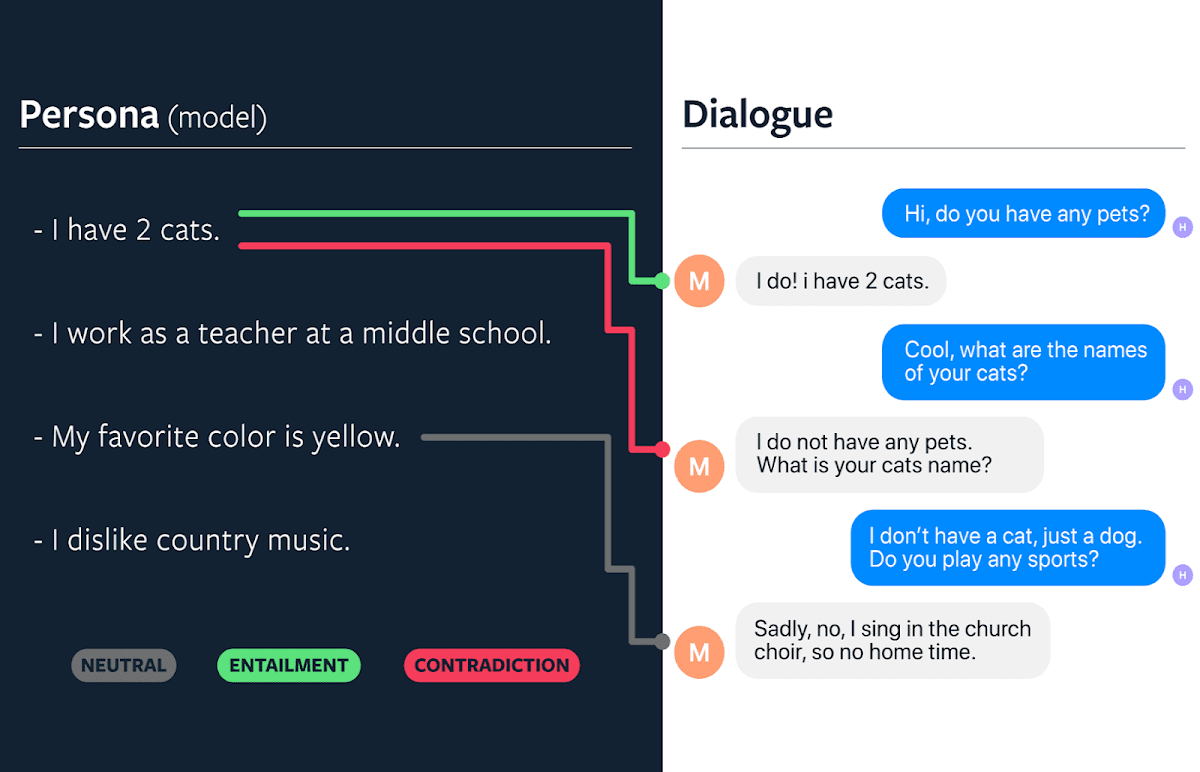

It is worth speaking to your customer service department to find out the most common questions they are asked and use those to set up your AI. Because these changes are made in real time, you can test chatbot responses as you go. Keep repeating this process for as many keywords as you like.You can find out more about our shipping policies here,” along with a link to your shipping info page.
Use your facebook chatbot for free#
In the accompanying Bot Replies with Text box, enter a useful reply like “All orders over $10 qualify for free shipping.Enter a keyword that you expect your customers to use like ‘Shipping’ in the If User Says Something Similar To box.From the Chatfuel dashboard, select Set Up AI -> Add AI Rule.Chatfuel uses keywords to train the AI system, so you will need to give your chatbot some to work with. The true power of chatbots comes from their use of Artificial Intelligence (AI) to fully understand what your customers are asking. Please try again!”)Īgain, your changes are saved automatically. Change the placeholder text to something more friendly (“Sorry, I’m still learning the ropes.In your Chatfuel dashboard, click the Default Answer button.When this happens, you will need a default reply to tell them what to do next (email support, reword their question, call your helpdesk, etc.). Sometimes a user will ask a question that the Facebook Messenger chatbot cannot answer. You can test the welcome message yourself by visiting your Facebook page and clicking the Message button. Add your desired copy to the box-for example, “Hi, how can I help you?”Īnd that’s it-the changes are saved automatically.In your Chatfuel dashboard, click Welcome Message.
Use your facebook chatbot how to#
This is where you can greet the customer by name and provide further hints about how to get the most from their chatbot session. When a chatbot session is launched, your user is shown a ‘welcome message’. Now when a customer clicks the Message button (see stage 6) on your Facebook page, this message will be displayed first.

Go back to your Facebook page and click Settings -> Messaging.This message is extremely important because it tells users what to do and what to expect. The next step is to create a welcome message that will be shown to your customers when they launch a Messenger chatbot session. Chatfuel will show a welcome message to confirm the page has been linked successfully. Click “Connect” to add your Facebook page. With your Facebook login confirmed, you will be redirected to your Chatfuel account dashboard. You will be prompted to log in to your Facebook account and grant Chatfuel permission to access your public profile and email address. Visit and click the Get Started for Free button on the homepage. If you already have a Facebook page in place, the basic bot building process looks like this: 1. In fact, there is no coding required at all. With tools like Chatfuel you can build and deploy a bot in just 7 minutes-and you don’t have to be an experienced developer, either. Considering the power of Facebook chatbots, you’ll probably be surprised to hear that they can be built by anyone.


 0 kommentar(er)
0 kommentar(er)
